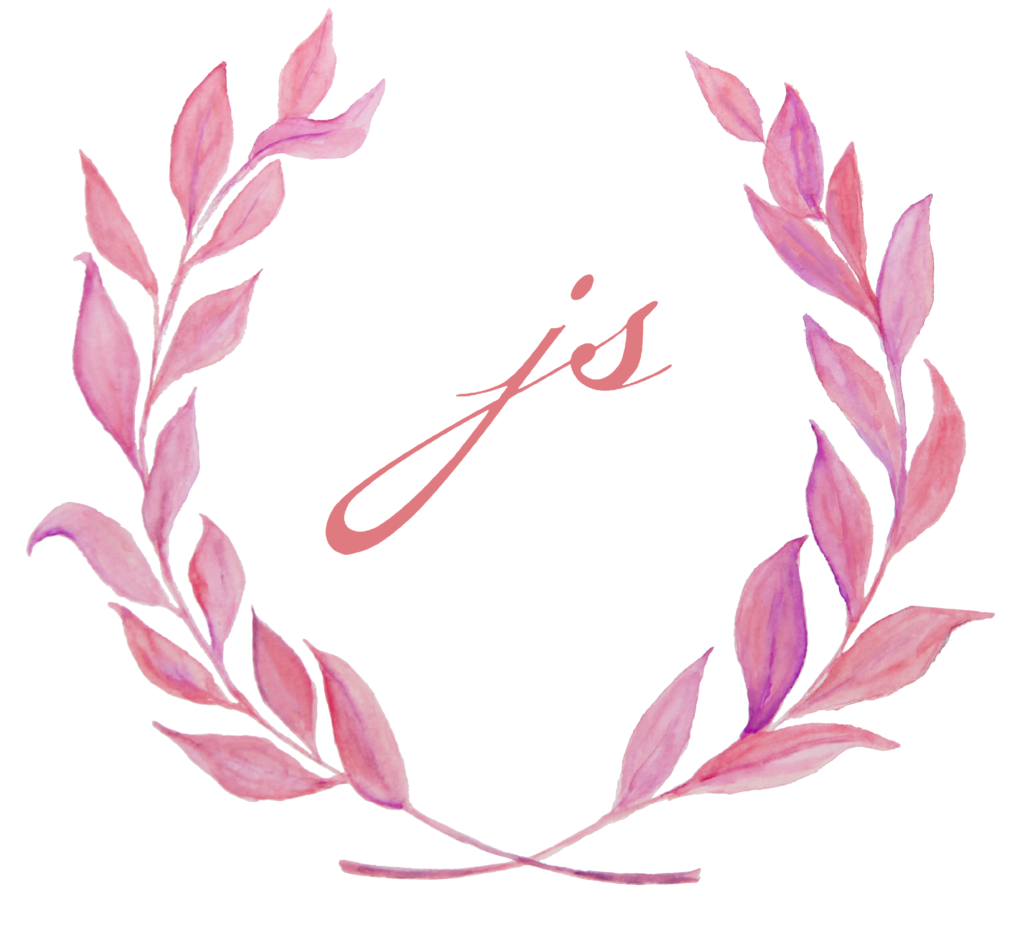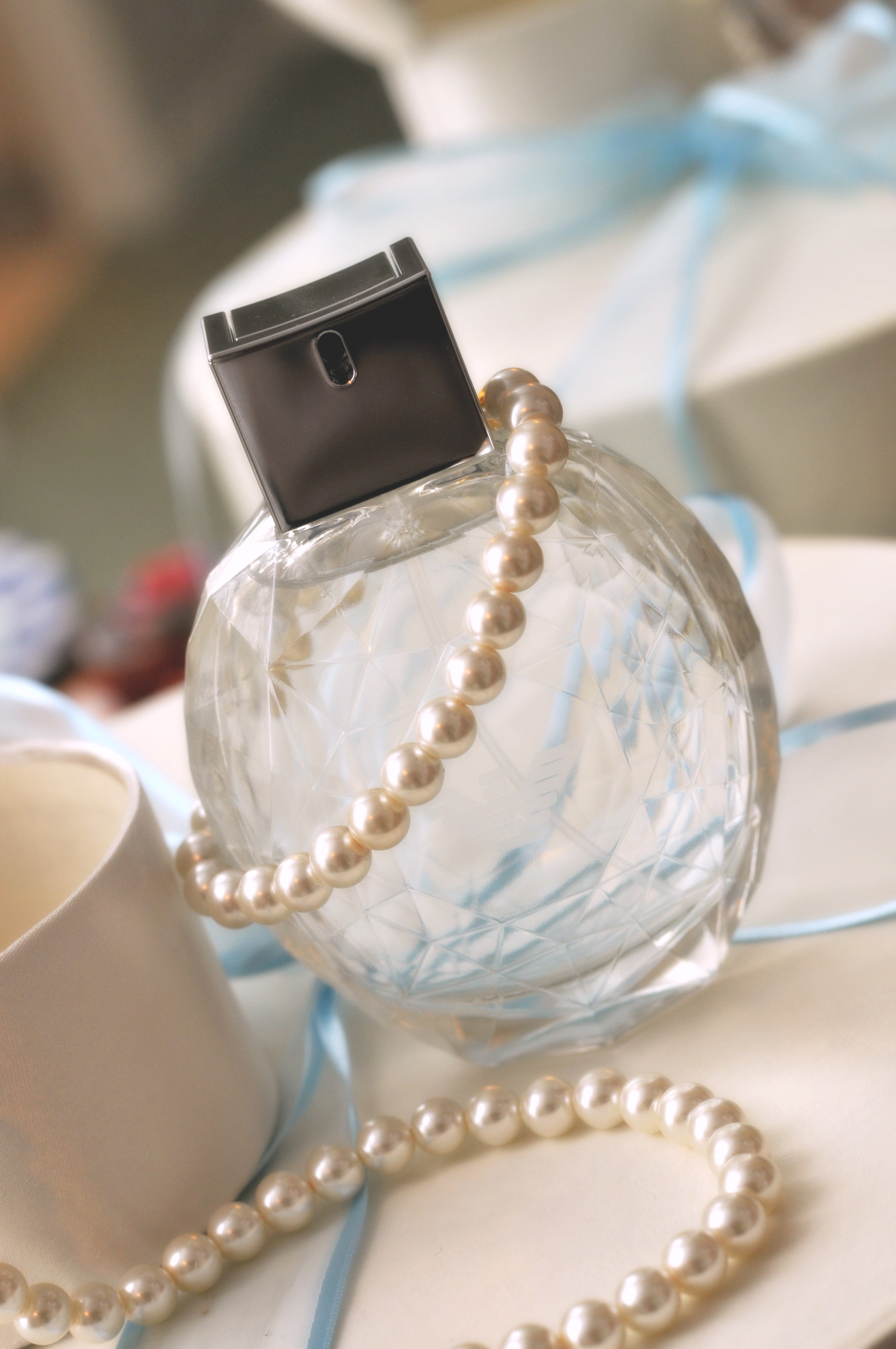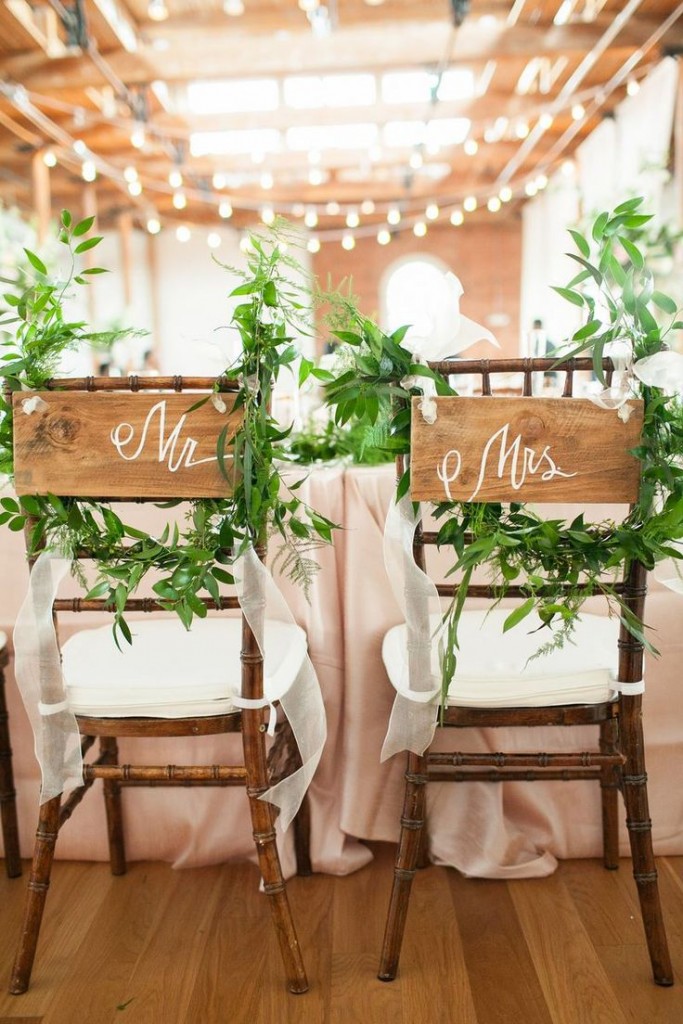Take On Tradition
A few weeks ago I attended my friend’s bridal shower (fun fact: I’m also helping her plan her wedding!). It’s been quite a few years since I’ve actually attended a bridal shower, so I was excited. Part of the invitation included the theme of “Something Borrowed,” in which we had to bring an item that Amy could use on her wedding day as her something borrowed item. This caused me more stress than I care to admit. I mean really, I just had to pick something that I thought she might like and bring it with me. Of course, the most logical thing would be to bring something she could wear (a bracelet, necklace, or earrings), but for some reason, this simple request had me stumped. None of the suggestions I received from people were good enough or unique enough. I was determined to bring the perfect item. Side note: her future mother-in-law brought the most perfect item!
This small task, which I made so much more complicated than it needed to be, got me to create this little list for all the future brides planning their wedding.
S o m e t h i n g O l d
Represents continuity, ensuring the bride always will be linked to her family and friends.
Ideas: family heirloom locket, grandma’s handkerchief, mother’s wedding dress incorporated into your dress, aunt’s strand of pearls.
Groom Ideas: grandpa’s pocket watch, dad’s cufflinks.
Non-Attire Ideas: grandparent’s Bible, display your grandparents + parents wedding photos, grandma’s china plates for your wedding place setting.
S o m e t h i n g N e w
Encourages the bride’s optimism for the future and her new life.
Ideas: your dress, clutch purse, couture head piece.
Groom Ideas: neck tie, wingtip shoes, cologne.
Non-Attire Ideas: monogram cake topper, champagne flutes.
S o m e t h i n g B o r r o w e d
Reminds the bride that friends and family will always be there for her.
Ideas: perfume from a friend, hair pin, grandma’s broach affixed to your bouquet.
Groom Ideas: Friend’s lapel pin, dad’s wrist watch.
Non-Attire Ideas: cake knife, cake stand, furniture/settee for cocktail hour, first dance song.
S o m e t h i n g B l u e
Stands for fidelity, loyalty, and love, making it the perfect reminder of the couple’s commitment to each other.
Ideas: blue nail polish on your toes, amazing blue heels, blue silk robe to get ready in, aquamarine ring.
Groom Ideas: navy blue suit, blue striped socks, navy blue polka dot pocket square.
Non-Attire Ideas: blue escort cards, blue cupcakes, signature cocktail with fresh blueberries.
A n d A S i l v e r S i x p e n c e I n Y o u r S h o e
A coin left in her shoe for the entire day is a wish for prosperity.



